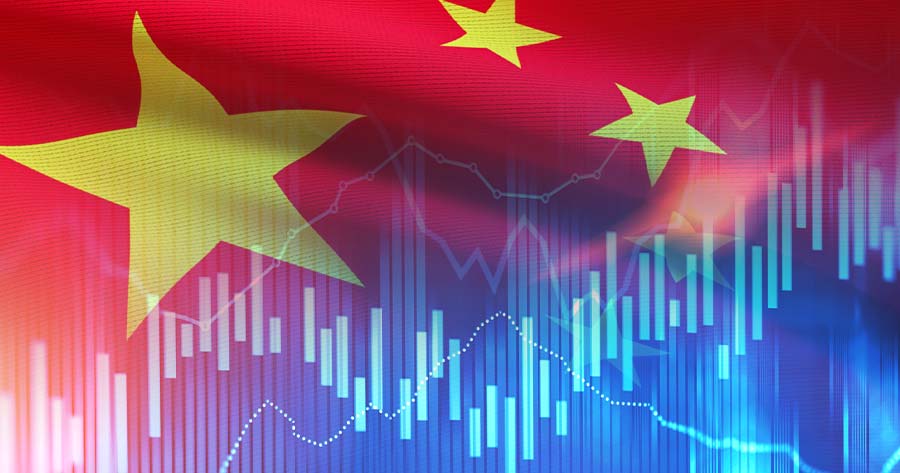China has taken its first step in over a year toward loosening its grip on outbound investments, upping the ceiling on how much institutional investors can allocate to overseas assets in a sign of easing capital controls.
The State Administration of Foreign Exchange (SAFE) announced it increased the foreign-exchange quota for Qualified Domestic Institutional Investors (QDII) to $170.9 billion as of the end of June, an uptick from $167.8 billion previously.
The policy shift, anticipated by market participants, comes as pressure on the yuan has subsided amid a weaker US dollar, and the once-frenzied demand for foreign assets, particularly US equities, has cooled.
The QDII scheme allows approved local institutions to channel funds into offshore stocks, bonds, and commodities, but only within the bounds of their assigned quotas.
Two turbulent years for China’s domestic stock market had previously sent investor appetite for foreign exposure soaring, causing sharp premiums on certain exchange-traded funds tracking benchmarks like the S&P 500 as the quota system failed to keep pace with demand.
The latest expansion delivers an additional $2.1 billion in quota for securities firms and fund managers, $660 million for banks, and $300 million for insurers.
The move follows a pronounced shift in investor preferences this year, with mainland fund flows chasing opportunities in Hong Kong equities and local markets. That pivot has been fuelled by increased government stimulus, the breakout performance linked to artificial intelligence initiatives such as Deepseek, and a robust rally in Hong Kong-listed stocks.
So far in 2025, mainland investment in Hong Kong equities has neared a new record, reaching HK$731 billion—close to the HK$808 billion mark set in 2024.
Meanwhile, frenzied premiums once seen on cross-border ETFs have faded; the average premium was 0.3% on Monday, down significantly from the 1.6% average over the previous year and the 3% peaks that previously forced trading halts and regulatory buying restrictions.





